Review Of ARTIK 053: Looks Polished, But Docs Fall Short
2018-04-25 - By Ramanpreet Kaur, Divya Singla, Simranjit Singh, Robert Elder
Introduction
The purpose of this article is to review the findings of a student-led project to use the ARTIK 053 starter kit to interface with an HX711 amplifier and load cell to build an IoT-based weight sensor which sends weight measurements to the cloud. The students created a GitHub repository that includes their code and documentation.
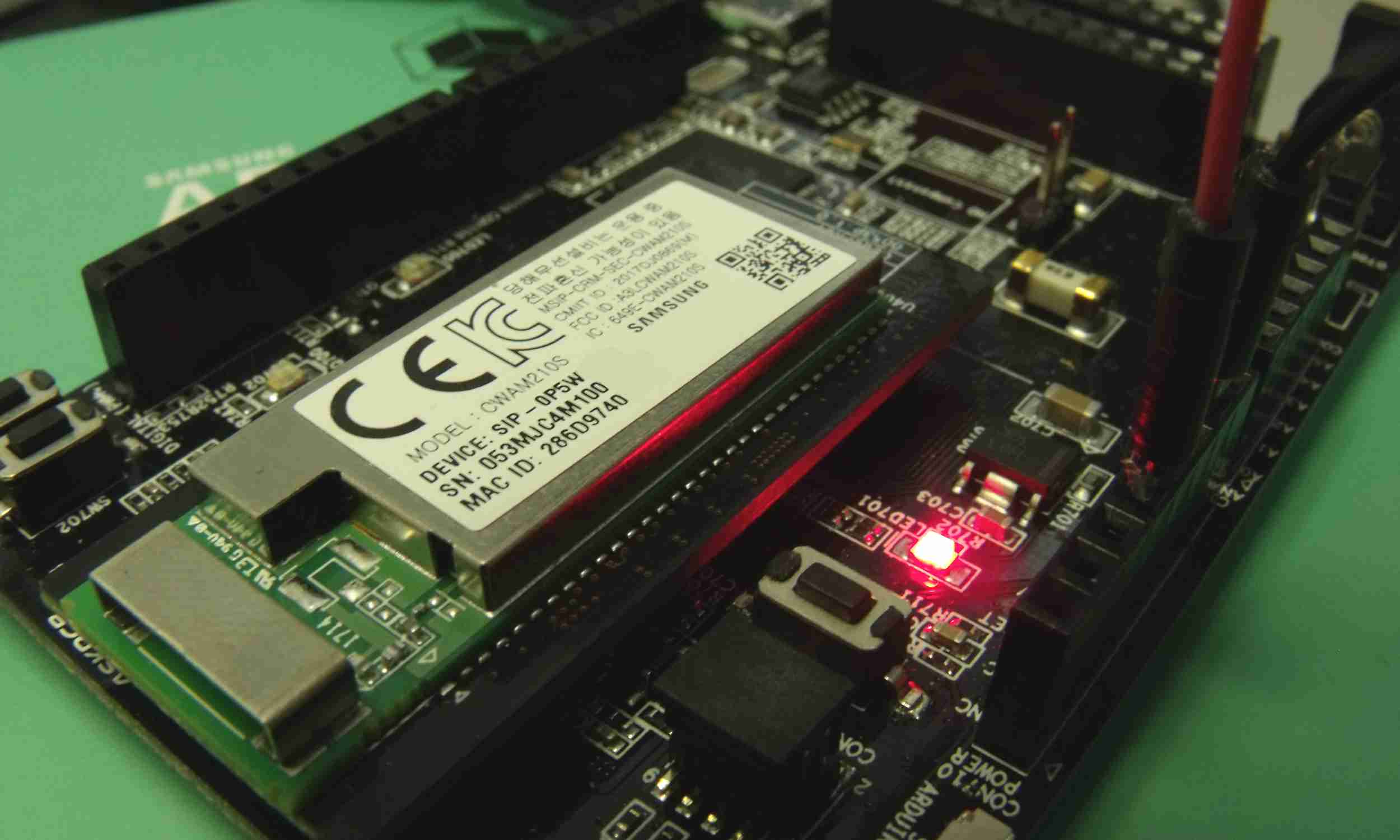
The ARTIK 053 Starter Kit
The ARTIK 053 Starter Kit was purchased as Digi-key Part 1683-1013-ND for $48.18 CAD plus tax. The kit includes an ARTIK 053 module, an interposer board, and the ARTIK 053 starter board. The starter board is meant to provide a familiar Arduino-like interface for working with the ARTIK 053 module. The ARTIK053 module itself sells for only $7.17 USD. Here is an image of the ARTIK starter kit with a load cell (sold separately):
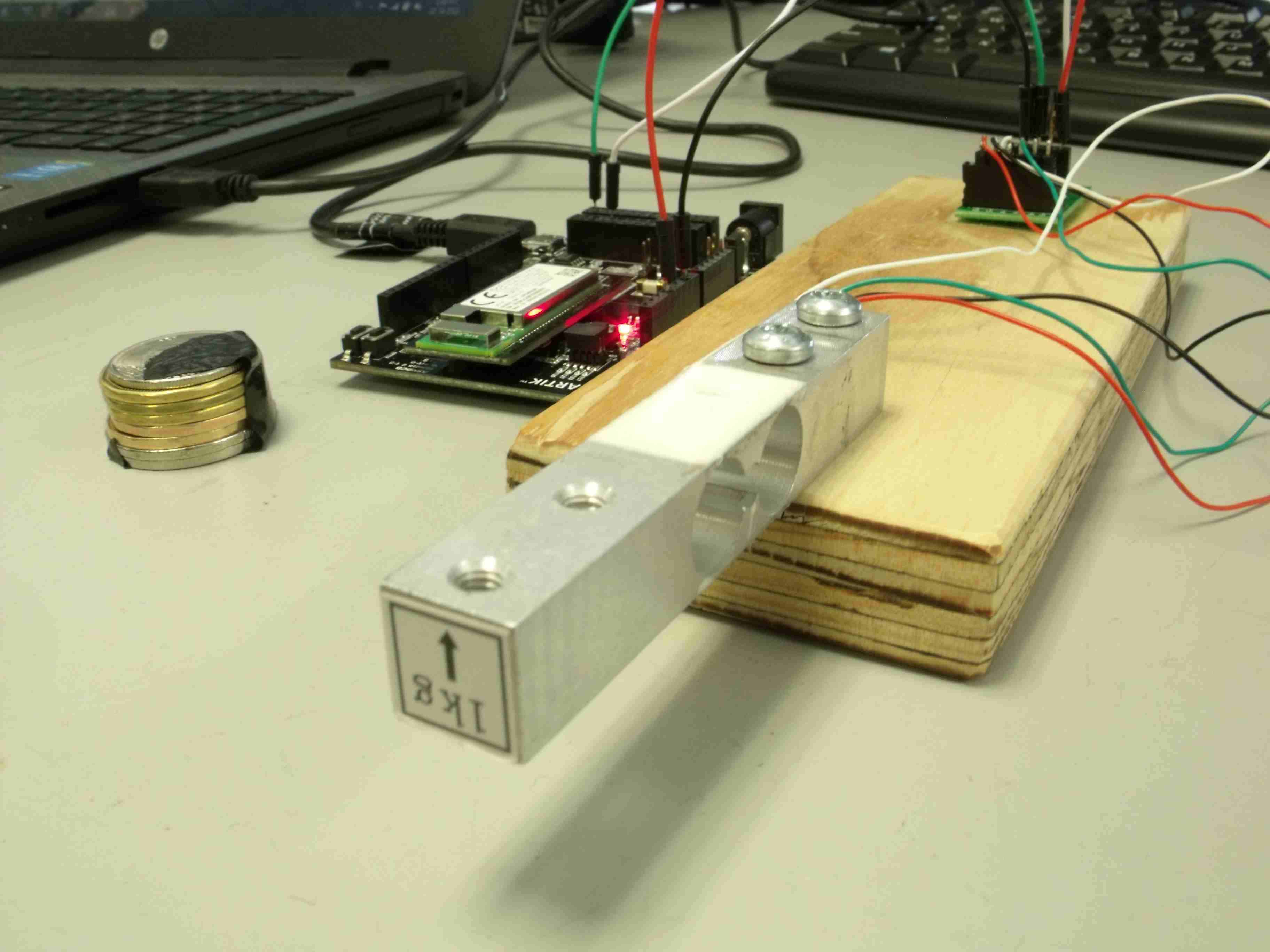
HX711 Amplifier And Load Cell
The amplifier and load cell was an inexpensive one purchased from eBay with free shipping for $4.59 USD and title of '1kg 3kg 5kg YZC-133 Scale Electronic Load Cell Weighing Sensor + HX711 Module'. Here is the exact contents of the package you get for that $4.59:
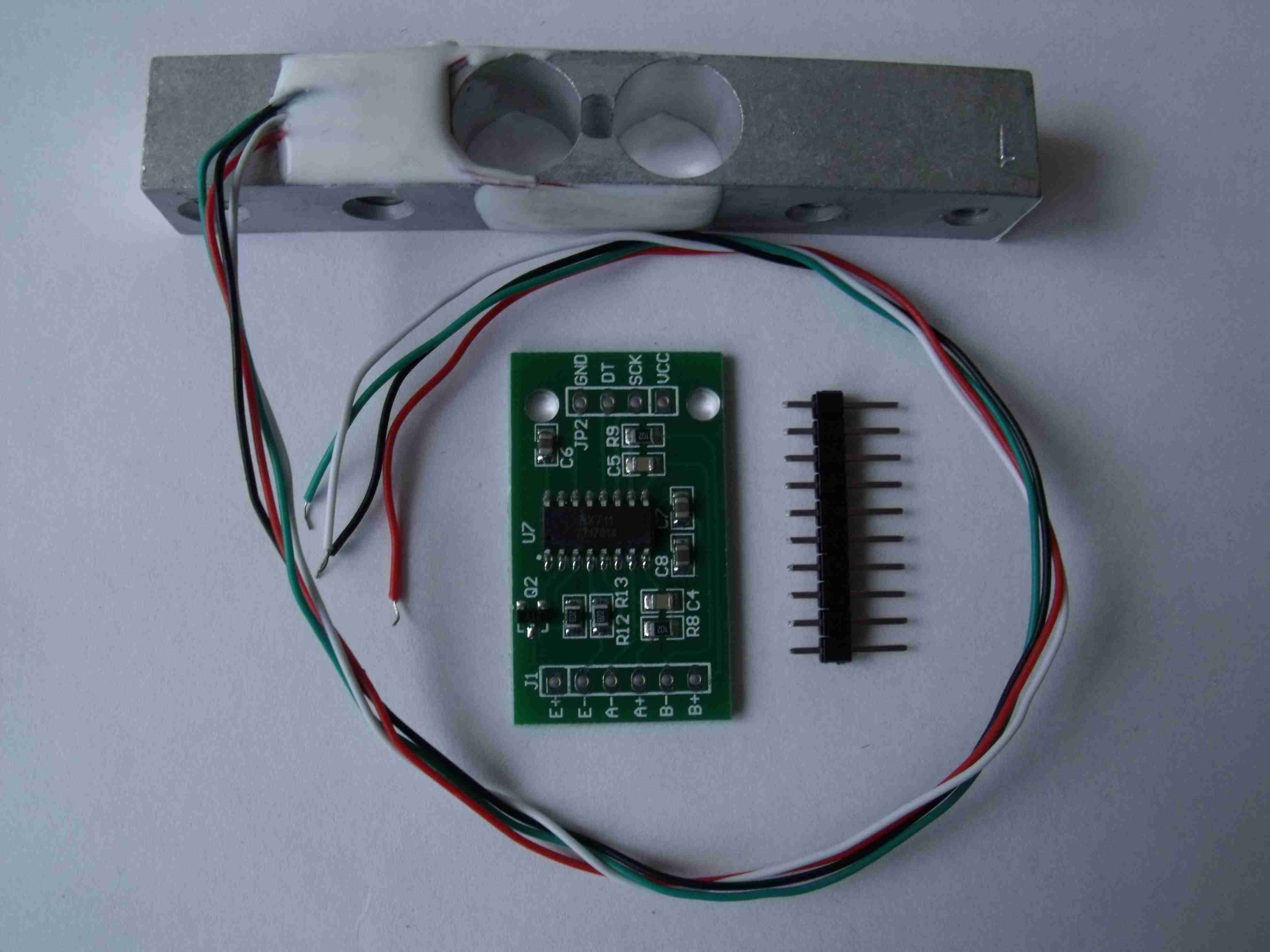
Results
Be sure to checkout their code and documentation on GitHub.
Conclusions
Although many of the marketing materials and 'Getting Started' videos surrounding the ARTIK platform look polished aesthetically (good lighting, good graphic design etc.), the students found that the technical quality of the content appears to be lacking. Many fundamental questions necessary for getting started with this platform are not answered in a way that is adequate for someone who is new to embedded programming. For example, things like determining how to interact with a GPIO pin on the Arduino from the ARTIK module is not clearly explained. Consulting the datasheet for the module shows a number of pin mappings, but the documentation identifies these in a multitude of ways such as 'pin name', 'pin description', 'pin number' without clearly explaining which device (the Arduino or the module) these identifiers and numbers make reference to. It is often possible to assign three different 'pin numbers' to a single physical pin. Even things like determining which GPIO pins are free for experimental use is a difficult task and can require some trial and error.
The immature state of the documentation is evident from many of the notices included in the data sheets. Phrases like 'Samsung Confidental' or 'Specifications in this document are tentative and subject to change.' appear in some of the publicly accessible documentation that is floating around. In addition, the students also spent time asking questions on the official Samsung ARTIK support forum and in many cases found that satisfactory answers to a number of questions could not be found.
Having said all this, if you're a student looking for fun hardware to play with that has a large support community, lots of open source tools, plugins and blog posts, you should probably stick with Arduinos, ESP modules and raspberry pi.
On the other hand, if you're delivering an enterprise-level service and you have huge engineering resources to push past the lack of adequate documentation, bugs and as of yet non-existent community that currently exists for this module, then the $7.17 USD price point for the hardware is really quite impressive:
- 320 MHz ARM Cortex R processor (R = Hard real-time!).[1]
- Certified 2.4 GHz Wi-Fi radio.[1]
- 8MB Flash Memory.[1]
- Samsing RTOS supporting threads, mutexes, signals etc.[1]
- DHCP, DNS, and Web Server support.[1]
- HTTPS, TLS, Key Authentication.[1]
- It's $7!
 How To Make A CPU - A Simple Picture Based Explanation
Published 2021-11-09 |
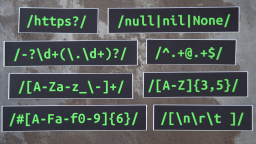 Buy Now -> |
Example Uses Of Semiconductors - More Than Just CPUs
Published 2022-03-03 |
 What Causes Bit Flips In Computer Memory?
Published 2023-02-08 |
 Jeri Ellsworth & the Robot Uprising of 2038
Published 2018-10-11 |
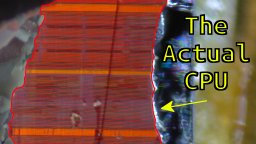 CPUs Are Smaller Than You Think
Published 2021-11-09 |
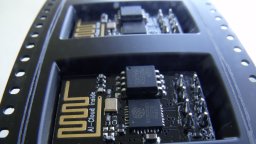 Can You Create A Wireless Bridge With ESP8266 Modules?
Published 2018-09-02 |
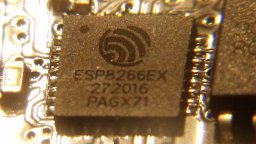 Routing Packets Directly Between ESP8266 Modules
Published 2018-12-30 |
| Join My Mailing List Privacy Policy |
Why Bother Subscribing?
|